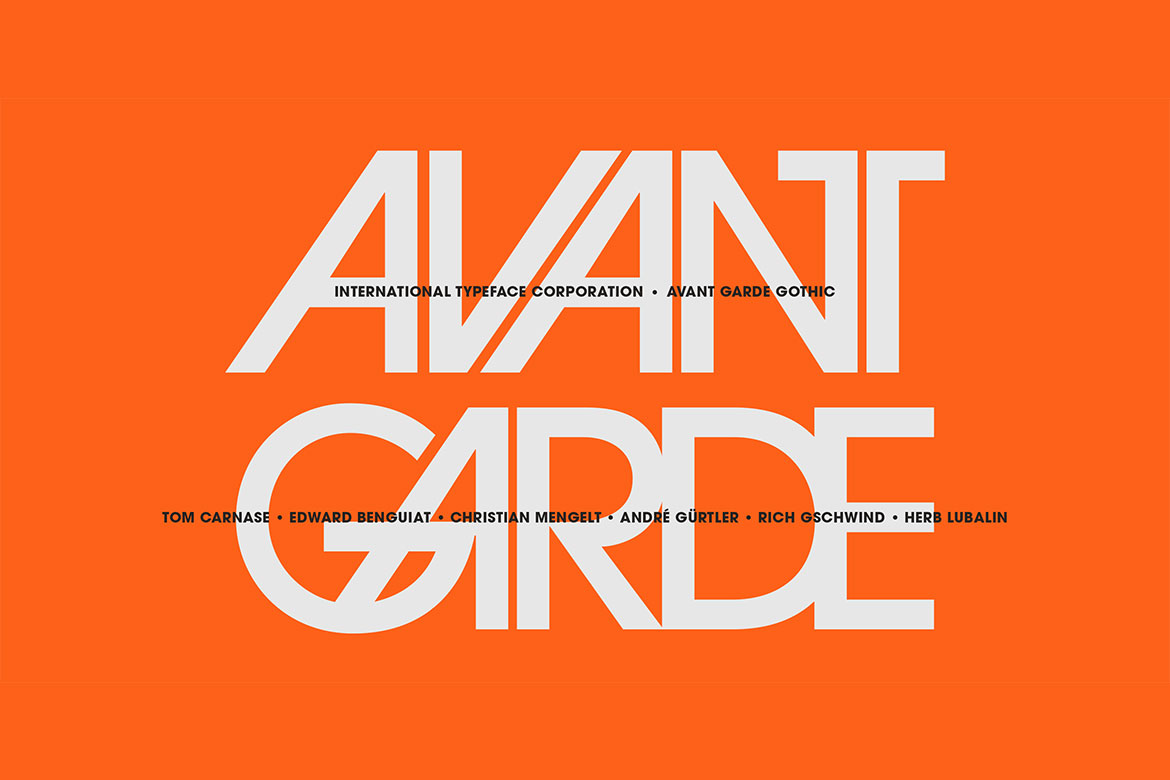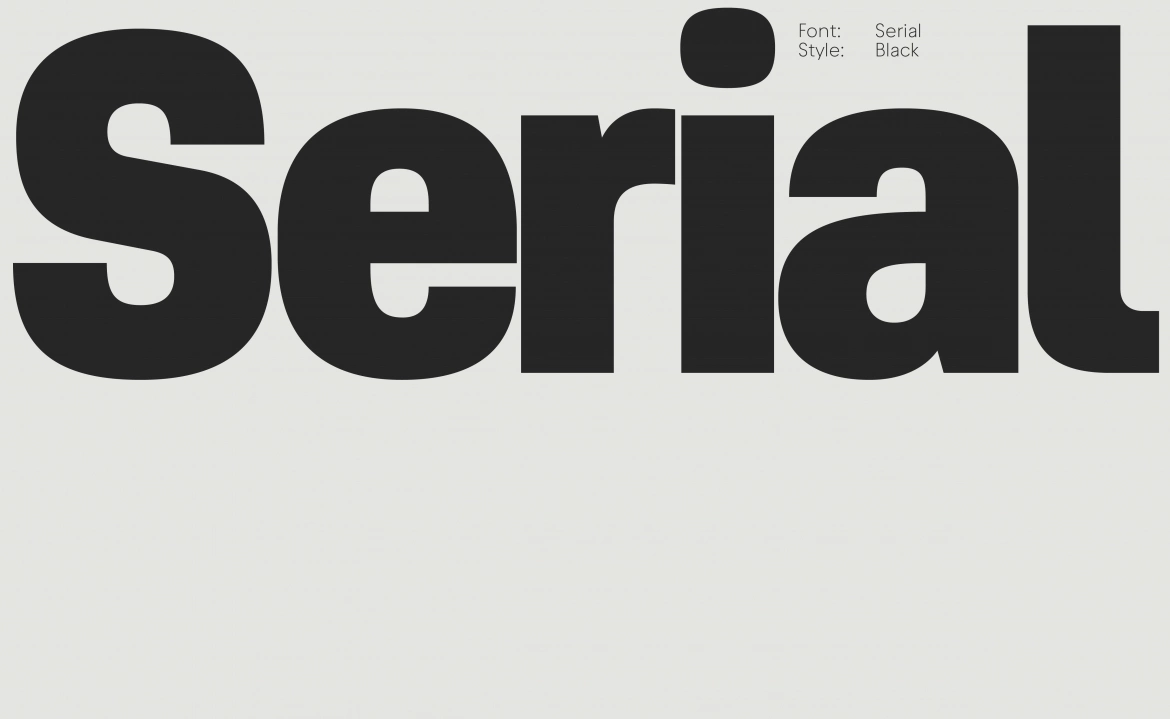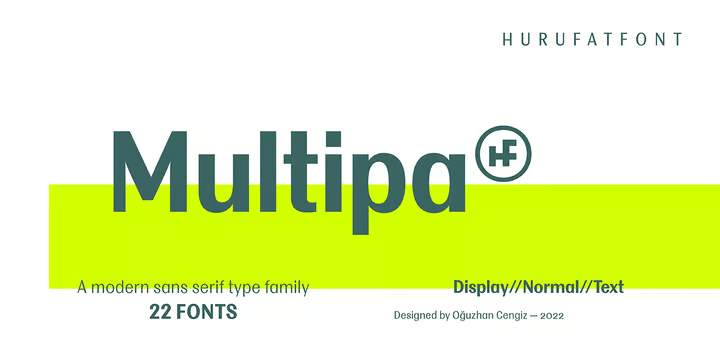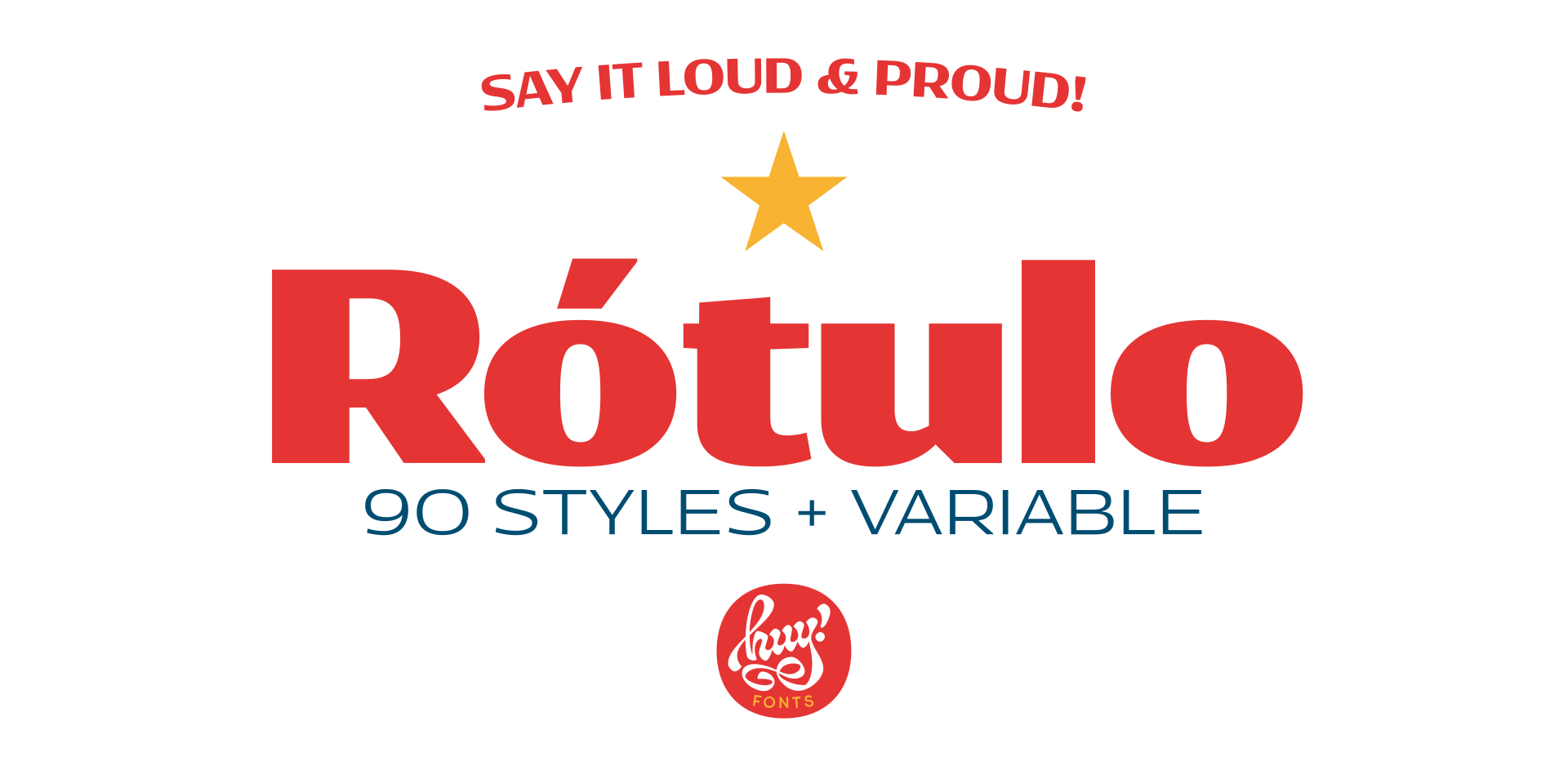Avant Garde is a font of art and design that emerged in the early 20th century as part of the avant-garde movement. It is characterized by its dark and dramatic imagery, emphasis on texture and contrast, and incorporation of unconventional materials and techniques. Avant Garde Gothic has significantly impacted various forms of art and design, including fine art, graphic design, typography, fashion, advertising, architecture, interior design, and even technology.
The History and Evolution of Avant Garde Gothic
The origins of Gothic art can be traced back to the medieval period when it was primarily associated with architecture characterized by pointed arches, ribbed vaults, flying buttresses, and stained glass windows. However, it wasn’t until the 20th century that avant-garde artists began to incorporate gothic elements into their work as a means of challenging traditional artistic conventions.
The avant-garde movement emerged as a response to the social changes brought about by industrialization and urbanization. Artists sought to break away from traditional artistic styles and explore new forms of expression. This led to various avant-garde movements such as Dadaism, Surrealism, Cubism, Futurism etc., each with its own unique approach to art.
Within this context emerged an avant-garde gothic style that combined elements from gothic art and architecture with the experimental nature of the avant-garde movement. Artists began incorporating dark imagery inspired by gothic literature into their work while also experimenting with unconventional materials like metal or found objects.

The Influence of Avant Garde Gothic on Art and Design
Avant Garde Gothic has had a profound influence on various forms of art and design throughout history. In fine art for example it has been used by artists such as Salvador Dali or Max Ernst who incorporated gothic elements into their surrealist paintings. In graphic design and typography, avant-garde gothic style has been used to create visually striking and unconventional designs that challenge traditional notions of beauty.
The influence of avant-garde gothic can also be seen in popular culture and media. From album covers to movie posters, the dark and dramatic imagery associated with this style has been used to create a sense of mystery, intrigue, or even rebellion. Examples include the iconic album covers of bands like Joy Division or Bauhaus.
The Characteristics of Avant Garde Gothic Style
| Characteristic | Description |
|---|---|
| Asymmetry | Design elements are not symmetrical and often intentionally unbalanced. |
| Geometric shapes | Use of geometric shapes such as triangles, circles, and squares to create a futuristic look. |
| Unconventional materials | Use of non-traditional materials such as metal, plastic, and glass to create a modern and industrial look. |
| Minimalism | Designs are often stripped down to their essential elements, with a focus on simplicity and functionality. |
| Experimental typography | Use of unconventional and experimental typography to create a unique and futuristic look. |
| High contrast | Use of high contrast colors and black and white to create a bold and dramatic effect. |
| Emphasis on form | Designs focus on the shape and form of objects, rather than their function or practicality. |
Avant Garde Gothic is characterized by its use of dark and dramatic imagery. Artists often incorporate elements such as skulls, skeletons, or other macabre symbols into their work to create a sense of unease or mystery. This is often combined with an emphasis on texture and contrast, with artists using techniques such as chiaroscuro (the use of light and shadow) to create depth and drama.
Another characteristic feature is the incorporation of unconventional materials and techniques. Artists may use found objects or repurpose everyday items in their work as a means of challenging traditional artistic conventions. This can result in unique textures or unexpected combinations that add an element of surprise to the artwork.

The Role of Avant Garde Gothic in Breaking Boundaries
One significant aspect of avant-garde gothic style is its ability to challenge traditional notions of beauty and aesthetics. By incorporating dark imagery into their work, artists are able to push boundaries by exploring themes that may be considered taboo or unsettling by society at large.
Furthermore, avant-garde gothic encourages experimentation and innovation within art and design fields by pushing the boundaries on what is considered acceptable or “normal”. It challenges artists to think outside the box when it comes to materials, techniques, subject matter etc., which leads them towards new possibilities for creative expression.
The Impact Of Avant Garde Gothic On Contemporary Art And Design
Avant Garde Gothic continues to have a significant impact on modern art and design. Many contemporary artists and designers incorporate elements of avant-garde gothic into their work, either as a nod to its historical significance or as a means of pushing boundaries within their respective fields.
For example, in the world of fine art, artists like Damien Hirst or Anish Kapoor continue to explore themes of mortality and macabre through dark imagery and unconventional materials. In graphic design and typography, avant-garde gothic style is often used to create visually striking designs that stand out from the crowd.
The Future Of Avant Garde Gothic In Art And Design
As with any artistic movement, the future of avant-garde gothic is uncertain. However, this style will likely continue to evolve as artists and designers find new ways to push boundaries within their respective fields.
With technological advancements, we can expect to see more experimentation with digital art and design incorporating avant-garde gothic elements. Additionally, as society continues to evolve, artists may explore new themes or subject matter within the context of this style. Fonts such as Avenir Next also fall into this category.
The Importance Of Avant Garde Gothic In Redefining Art And Design
In conclusion, avant-garde gothic has played a significant role in redefining art and design throughout history. Its dark imagery, emphasis on texture and contrast, incorporation of unconventional materials and techniques have challenged traditional notions of beauty while encouraging experimentation and innovation.
Avant-garde Gothic continues to influence contemporary art and design across various fields, including fine art, graphic design, typography, fashion advertising, architecture, interior design technology, etc. It has also left its mark on popular culture through album covers, movie posters, etc. Furthermore, it has pushed boundaries by exploring themes considered taboo or unsettling by society at large.
The future of avant-garde gothic remains uncertain but this style will likely continue evolving as artists find new ways to express themselves through digital mediums or explore new themes within the context of this style. Ultimately avant, avant-garde gothic serves as a reminder for artists and designers alike about the importance of pushing boundaries and embracing unconventional styles in order to create something truly unique and impactful . It challenges traditional art and design norms and conventions, pushing artists to think outside the box and experiment with new techniques and concepts.
As technology continues to advance, we can expect avant-garde gothic to adapt and incorporate digital elements, creating immersive and interactive experiences for viewers. Additionally, as society evolves and new issues arise, artists will find new themes to explore within the avant-garde gothic style, using it as a platform to comment on social, political, and cultural issues. Ultimately, avant-garde gothic will continue to inspire and provoke, reminding artists and designers of the importance of pushing boundaries and embracing unconventional styles in order to create something truly unique and impactful.

FAQs
What is Avant Garde Gothic?
Avant Garde Gothic is a design style that combines elements of Gothic art and design with modern and futuristic aesthetics. It is characterized by its bold and unconventional use of typography, graphic design, and visual elements.
How is Avant Garde Gothic redefining art and design?
Avant Garde Gothic is breaking boundaries in art and design by challenging traditional design conventions and pushing the limits of creativity. It is redefining what is considered beautiful and aesthetically pleasing, and is inspiring new forms of expression and innovation in the art and design world.
What are some examples of Avant Garde Gothic in art and design?
Examples of Avant Garde Gothic in art and design include the work of designers like David Carson and Neville Brody, as well as the typography and graphic design of bands like Joy Division and Bauhaus. Avant Garde Gothic can also be seen in fashion, architecture, and other forms of visual art.
What are some key features of Avant Garde Gothic?
Key features of Avant Garde Gothic include the use of bold typography, unconventional layouts, and a focus on experimentation and innovation. It often incorporates elements of Gothic art and design, such as ornate flourishes and dark, moody imagery, but combines them with modern and futuristic aesthetics.
How has Avant Garde Gothic influenced other design styles?
Avant Garde Gothic has had a significant influence on other design styles, particularly in the areas of typography and graphic design. Its bold and unconventional approach has inspired designers to push the boundaries of traditional design conventions and explore new forms of expression and creativity. It has also influenced the development of other design styles, such as grunge and punk.





